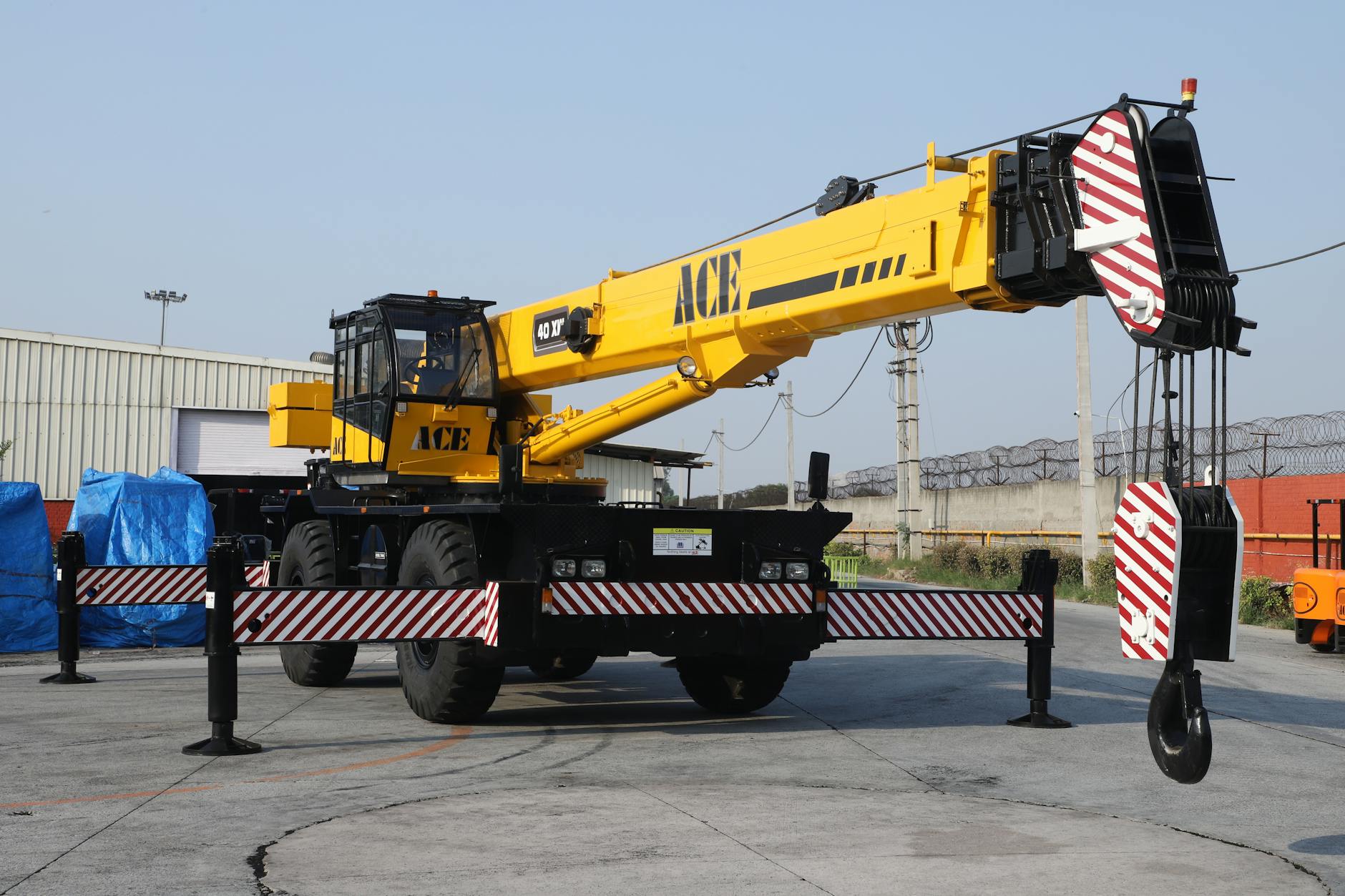
Mobile Crane Safety Checklist
Introduction
Mobile cranes are essential in various industries, from construction to logistics. However, without proper safety measures, they can pose significant risks. A mobile crane safety checklist is a crucial tool that ensures operations run smoothly while preventing accidents. This guide provides a comprehensive checklist covering all essential aspects of mobile crane safety.
Pre-Operation Inspection
Before using a mobile crane, a thorough pre-operation inspection is necessary to ensure all components are in working condition. This step minimizes the risk of failure during operations.
Checking Crane Documentation
- Verify that the crane’s maintenance log is up-to-date.
- Ensure all required certifications and licenses are available.
Verifying Operator Certification
- Confirm that the crane operator holds a valid certification.
- Ensure the operator has undergone recent safety training.
Inspecting Crane Structure
- Check for visible cracks, rust, or deformations.
- Inspect bolts, welds, and connections for any signs of weakness.
Worksite Assessment
Before crane operations commence, the worksite must be evaluated for safety hazards.
Evaluating Ground Conditions
- Ensure the ground is stable and can support the crane’s weight.
- Check for soft or uneven terrain that may cause instability.
Identifying Overhead Hazards
- Look for power lines, trees, or other obstructions.
- Maintain a safe distance from electrical lines as per OSHA standards.
Establishing Work Area Boundaries
- Set up barricades and warning signs to keep unauthorized personnel away.
- Ensure a clear path for crane movement.
Crane Component Inspection
Each crane component should be checked for wear and tear before operation.
Boom and Jib Condition
- Inspect for bends, cracks, or structural damage.
- Ensure that the extension and retraction mechanism functions properly.
Wire Ropes and Pulleys
- Look for signs of fraying, corrosion, or distortion.
- Ensure pulleys rotate smoothly without resistance.
Hydraulic Systems
- Check for leaks in hydraulic hoses and connections.
- Verify that hydraulic cylinders operate smoothly.
Load Handling Safety
Determining Load Weight and Capacity
- Refer to the crane’s load chart to prevent overloading.
- Use load sensors and scales to confirm weight.
Securing Proper Rigging
- Use appropriate slings, shackles, and hooks.
- Inspect all rigging equipment for wear and damage.
Using Proper Lifting Techniques
- Ensure the load is balanced before lifting.
- Lift slowly and steadily to prevent sudden shifts.
Operational Safety Measures
Communication Protocols
- Use clear hand signals or radio communication.
- Have a dedicated signal person if visibility is limited.
Weather Considerations
- Avoid operations during strong winds, storms, or fog.
- Monitor temperature changes that may affect crane performance.
Emergency Stop Procedures
- Train all personnel on emergency shutdown procedures.
- Ensure all emergency stop buttons are functional.
Post-Operation Procedures
Parking and Securing the Crane
- Lower the boom and engage the parking brakes.
- Store unused lifting equipment properly.
Documenting Inspections and Incidents
- Record any abnormalities or malfunctions.
- Maintain a log of daily inspections.
Reporting Maintenance Needs
- Report worn-out components immediately.
- Schedule regular maintenance for optimal performance.
Common Mobile Crane Hazards
Tipping and Overturning
- Avoid exceeding load limits.
- Ensure the crane is on stable ground.
Electrical Hazards
- Maintain a safe distance from power lines.
- Use insulated gloves and tools if working near electricity.
Mechanical Failures
- Conduct routine maintenance to prevent breakdowns.
- Replace damaged components immediately.
Regulatory Compliance
OSHA Mobile Crane Safety Regulations
- Follow OSHA 1926 Subpart CC guidelines.
- Ensure proper operator training and certification.
Industry Best Practices
- Implement regular safety drills.
- Encourage a culture of safety awareness.
Conclusion
Mobile crane safety is non-negotiable. A well-structured mobile crane safety checklist ensures that operations are efficient and free from hazards. By following these guidelines, you protect workers, prevent accidents, and ensure regulatory compliance.
How Many Earthing Required for Tower Crane
Tower Crane Limit Switch Types
FAQs
1. What are the most common mobile crane accidents?
Overloading, tipping, electrical contact, and mechanical failures are the most frequent accidents.
2. How often should a mobile crane be inspected?
Daily pre-use inspections and regular maintenance checks are recommended.
3. What should be included in a daily crane safety checklist?
Structural checks, load capacity verification, site assessments, and operational tests.
4. Who is responsible for mobile crane safety?
Operators, site supervisors, and employers all share responsibility for safety compliance.
5. What should I do if I spot a safety issue with a mobile crane?
Report it immediately to the supervisor and halt operations until resolved.